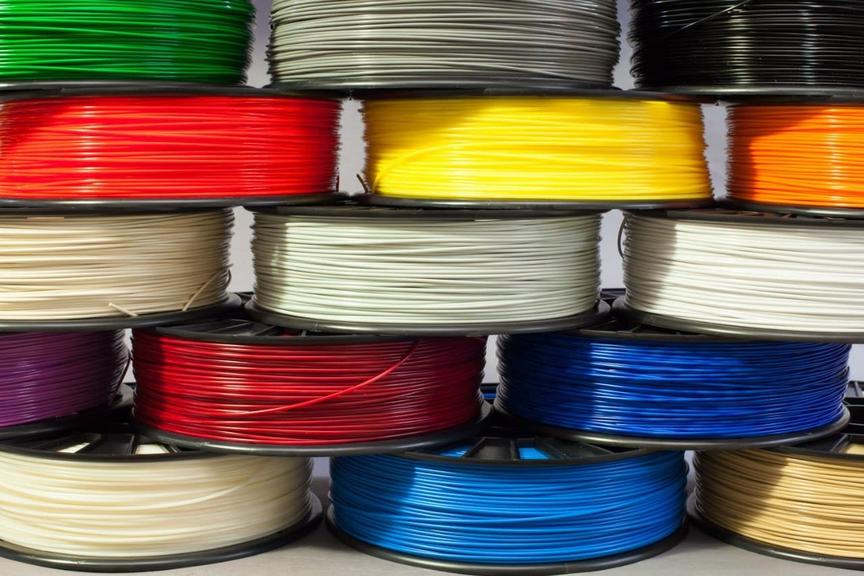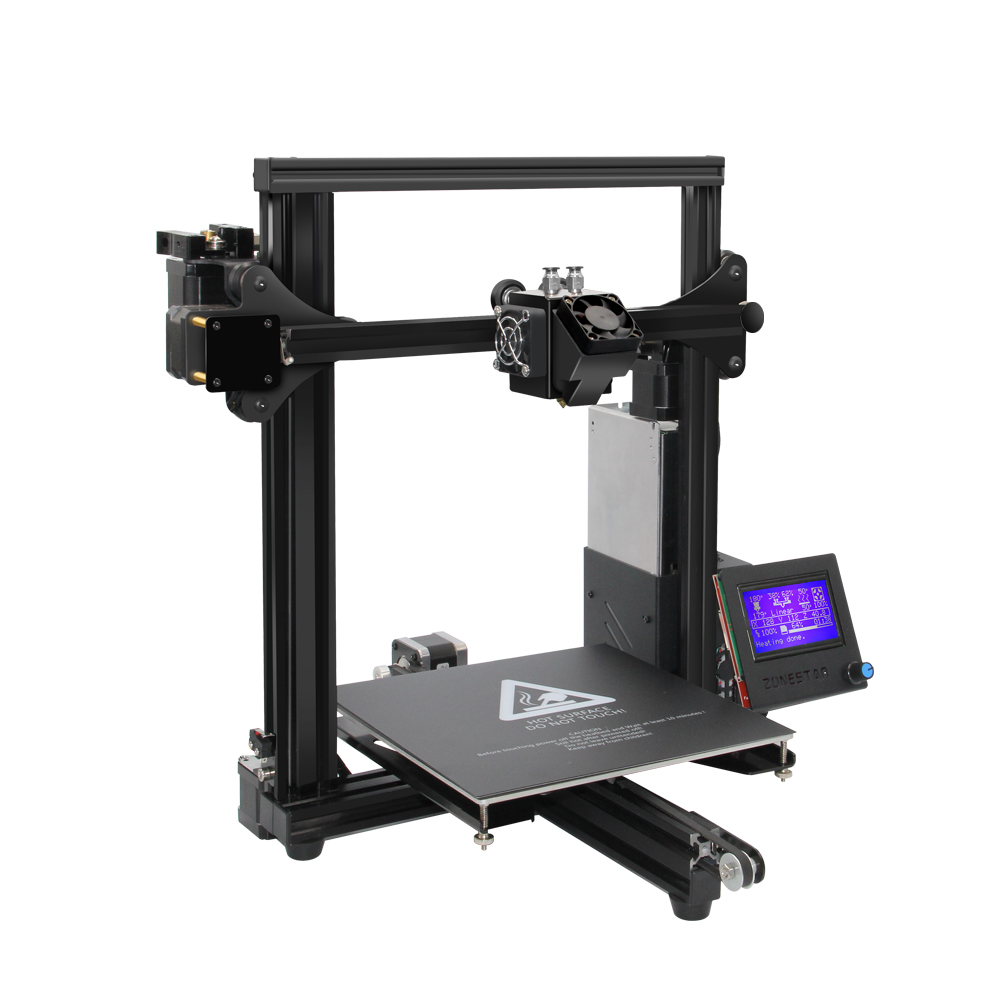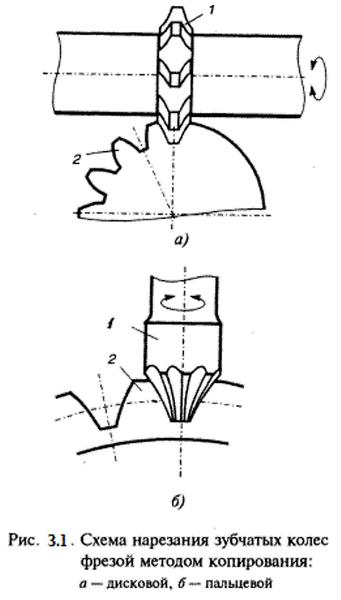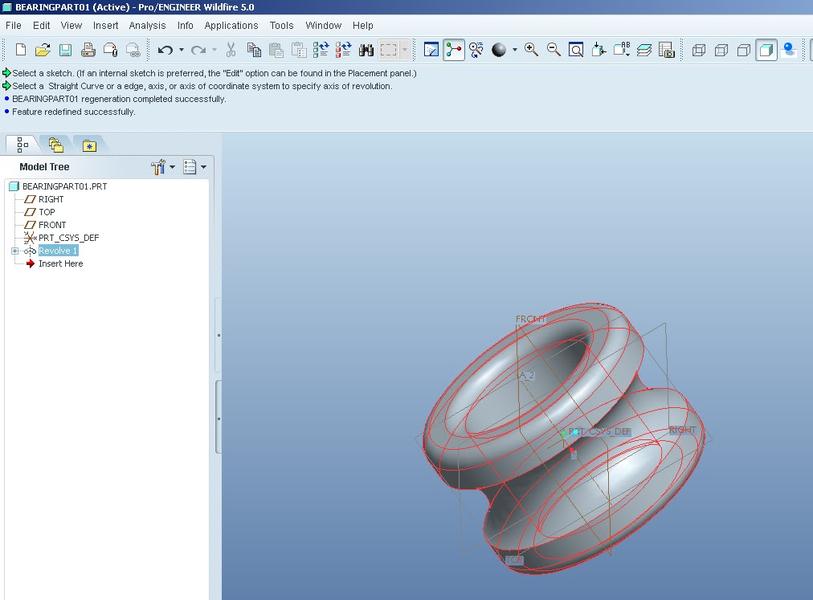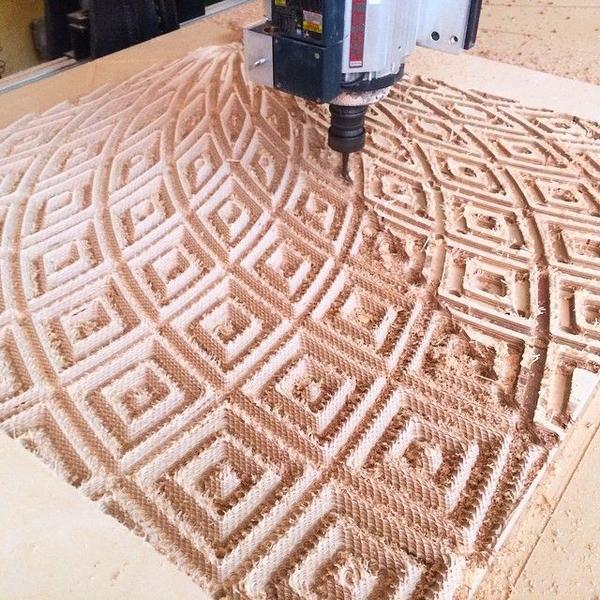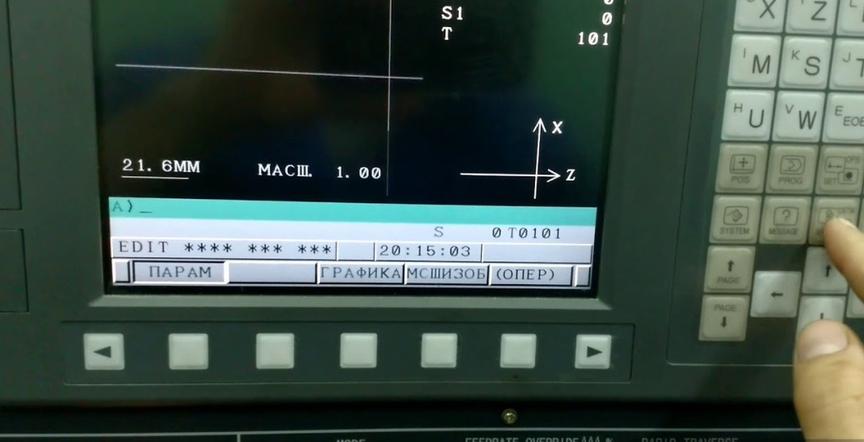ABS and PLA plastic: differences, which is better?
Comparison of two popular plastics for 3D printing: ABS and PLA. What properties do they possess, what are their similarities and differences? Important nuances and areas of application. Which material out of the two should you choose?
ABS and PLA plastic - differences
PLA (polylactide) is a biodegradable plastic, also known as a biopolymer. It has thermoplasticity and biocompatibility. The low-molecular substance forming its polymers is lactic acid.
ABS (acrylonitrile butadiene styrene) is a thermoplastic resin that has impact resistance and can be recycled. It is a fairly rigid filament used for the production of electrical equipment, household appliances, and even Lego constructions.
How they differ and which plastic is better
Main parameters of the materials:
| Indicator | PLA | ABS |
PLA is more brittle and has greater surface hardness. It is also more susceptible to deformation under bending. It cannot be treated with acetone to improve surface smoothness.
If printed at the recommended temperatures, ABS items will be much stiffer and show greater resistance to loads and external impacts than PLA.
It turns out that ABS is better suited for the production of mechanical parts and assemblies, as well as for items with greater resistance to aggressive environmental conditions. Additionally, ABS parts have better flexibility and bend more without breaking due to external forces. ABS is more malleable and is easier to process after printing. Produced items can be sanded and painted. Moreover, they can be treated with acetone to achieve a shiny smooth surface.
Areas of application
Areas of ABS usage:
Areas of PLA usage:
Comparison of disadvantages
Disadvantages of ABS:
Disadvantages of PLA:
Accuracy
During the use of ABS, the main significant difficulty is the material curling when in contact with the print bed. This issue is easily resolved by preheating the print bed. It must be flat, clean, and smooth. Users also apply additional methods, such as applying a mixture of acetone and ABS to the print area or treating it with hairspray. Special coatings like fixpad and bed tape also produce excellent results.
In comparison to ABS, layers of PLA curl much less. Therefore, there is the possibility of working without a heated bed. The popular 3M blue tape can be used. It is no longer available, but is now replaced by fixpad coating. Full abandonment of a heated bed may result in slight curling of large layers, but it remains feasible each time.
During exposure to high temperatures, PLA undergoes more serious phase transformations and becomes more fluid. If the material is actively cooled, sharper elements and angles can be produced during printing, without the risk of creating a fragile item. Enhanced fluidity ensures strong adhesion between layers, resulting in a stronger print outcome.
Smell
When working with ABS, a sharp smell of hot plastic can often be detected. Some users complain about it, while others do not find it extremely unpleasant or simply do not notice it. To reduce the odor in a confined space, good ventilation is necessary. It is also important to ensure that the material is clean, free from impurities, and reaches the required temperature in the extruder.
PLA, as mentioned earlier, is a bio-plastic. It is made through synthesis based on plant-derived raw materials, which contain starch or sugar. This can include corn, sugar cane, or cereal crops. During heating, it produces a slightly sweet oil smell. While the scent is not entirely natural, many find it more pleasant than the smell of hot plastic.
Storage
Both materials are hygroscopic, meaning they attract and absorb moisture from the surrounding environment. This is a negative aspect, as when the material becomes highly moist, the quality of printing noticeably suffers, and the appearance of the final product is significantly compromised.
When working with such filament, it is recommended to store them in closed containers, placing them in a cool and dry place. Additionally, manufacturers often recommend using the plastic within a short period. Many users dry the materials before use. This can be done using makeshift devices, or special filament dryers.
PLA or ABS - what is better?
To understand which of the two options is better, it is important to first determine for what purpose the user needs a particular filament.
PLA looks more like glass. It is mainly used for artistic purposes, as it allows for the easy printing of thin layers of detail, achieving precise and sharp angles. Its pliability helps in achieving accuracy quickly when producing small fastening details. The absence of a sharp unpleasant smell of hot plastic during work also plays a significant role for many users.
ABS is useful in cases where there is a need to make wear-resistant, durable parts that are resilient to environmental conditions. This filament is stronger, degrades less rapidly, and is easy to process and sand. However, it has an unpleasant odor during printing, so using ABS should be done in a well-ventilated area.
ABS is mainly used for industrial purposes, while PLA is ideal for 3D printing in home environments.
If environmental friendliness and material aesthetics are the main factors, then PLA should be chosen. On the other hand, if strength and durability are the primary considerations, ABS is the better option.
It is important to remember that both filaments should be kept in a sealed environment and should not be exposed to a humid environment for an extended period of time.

